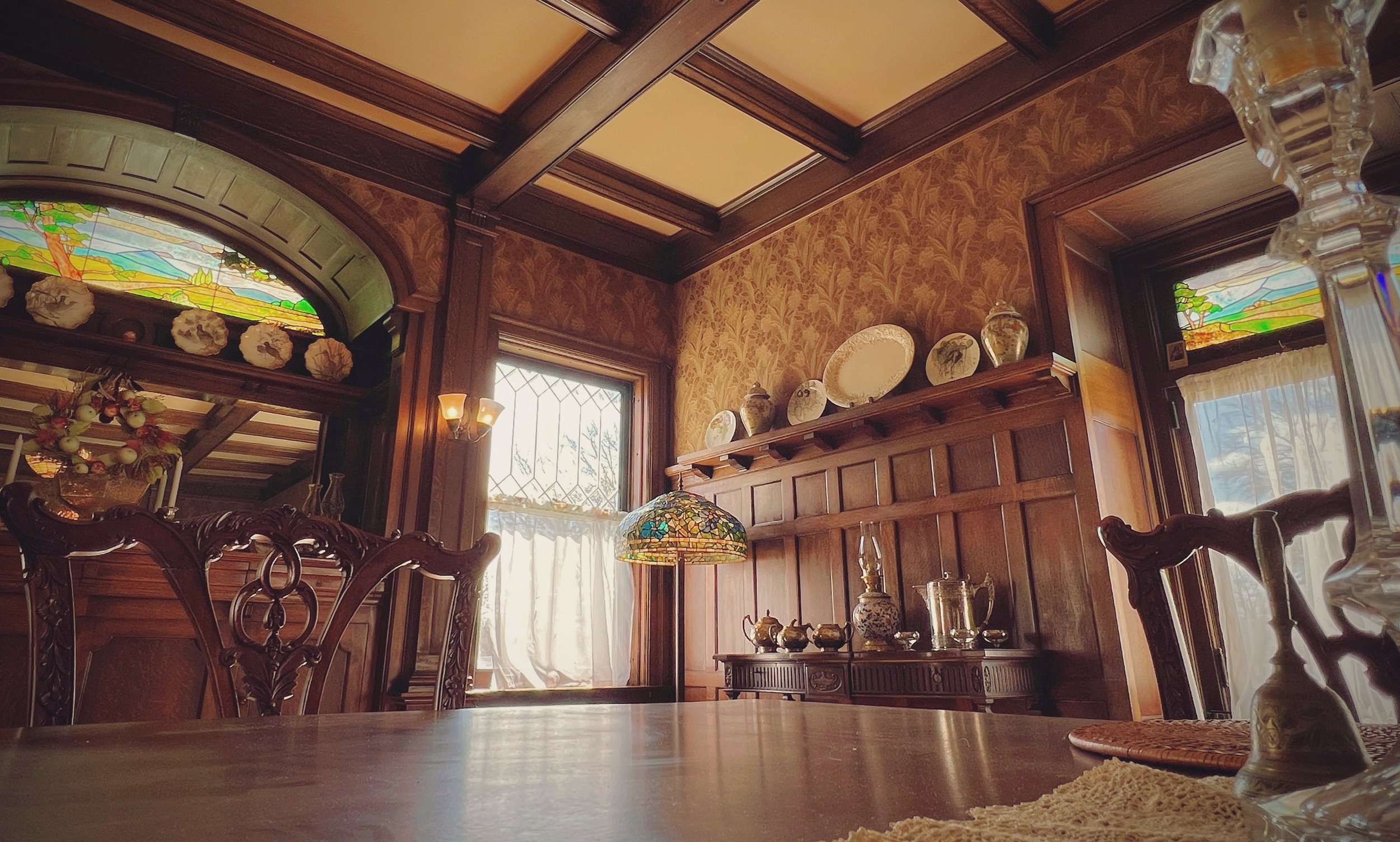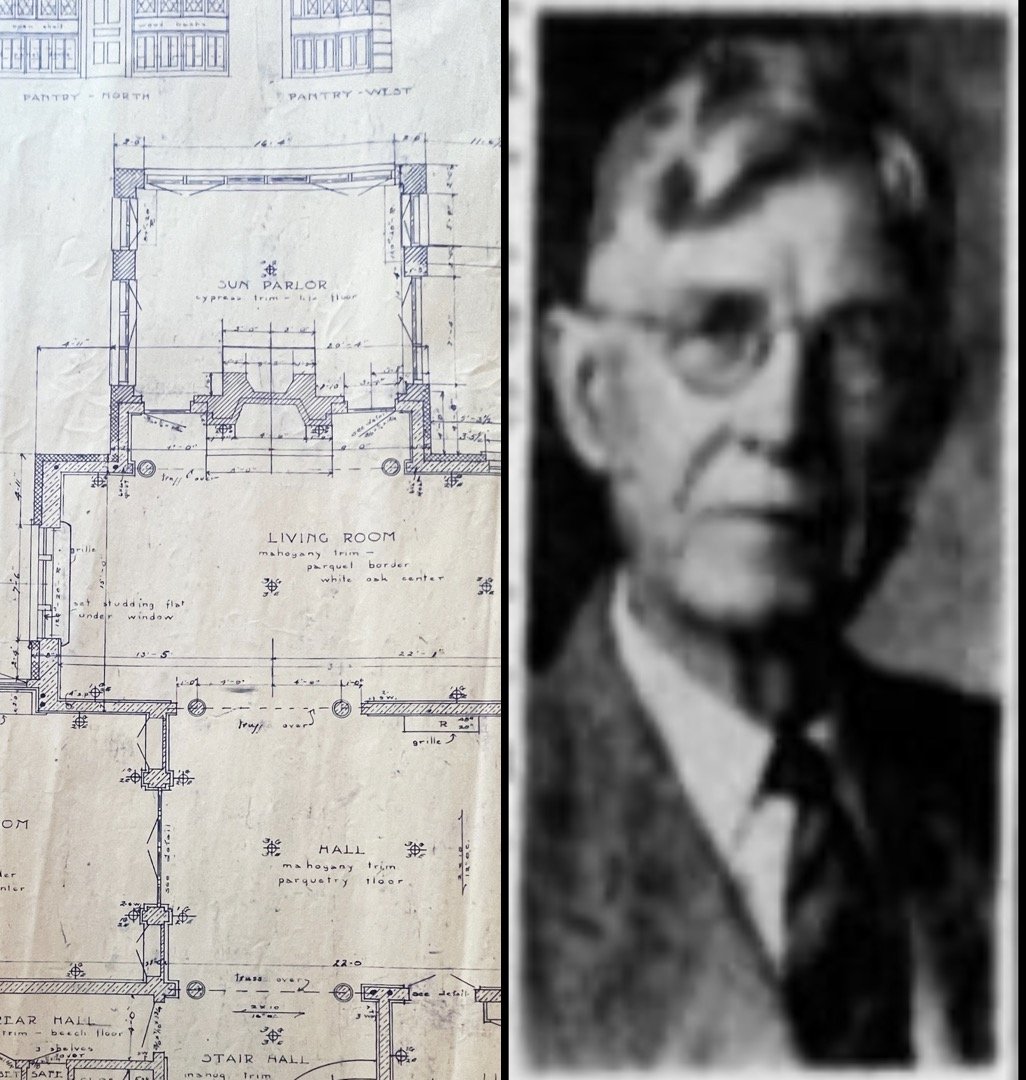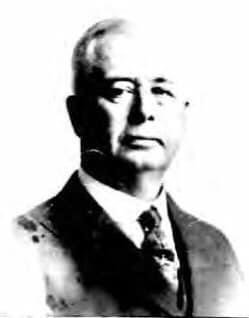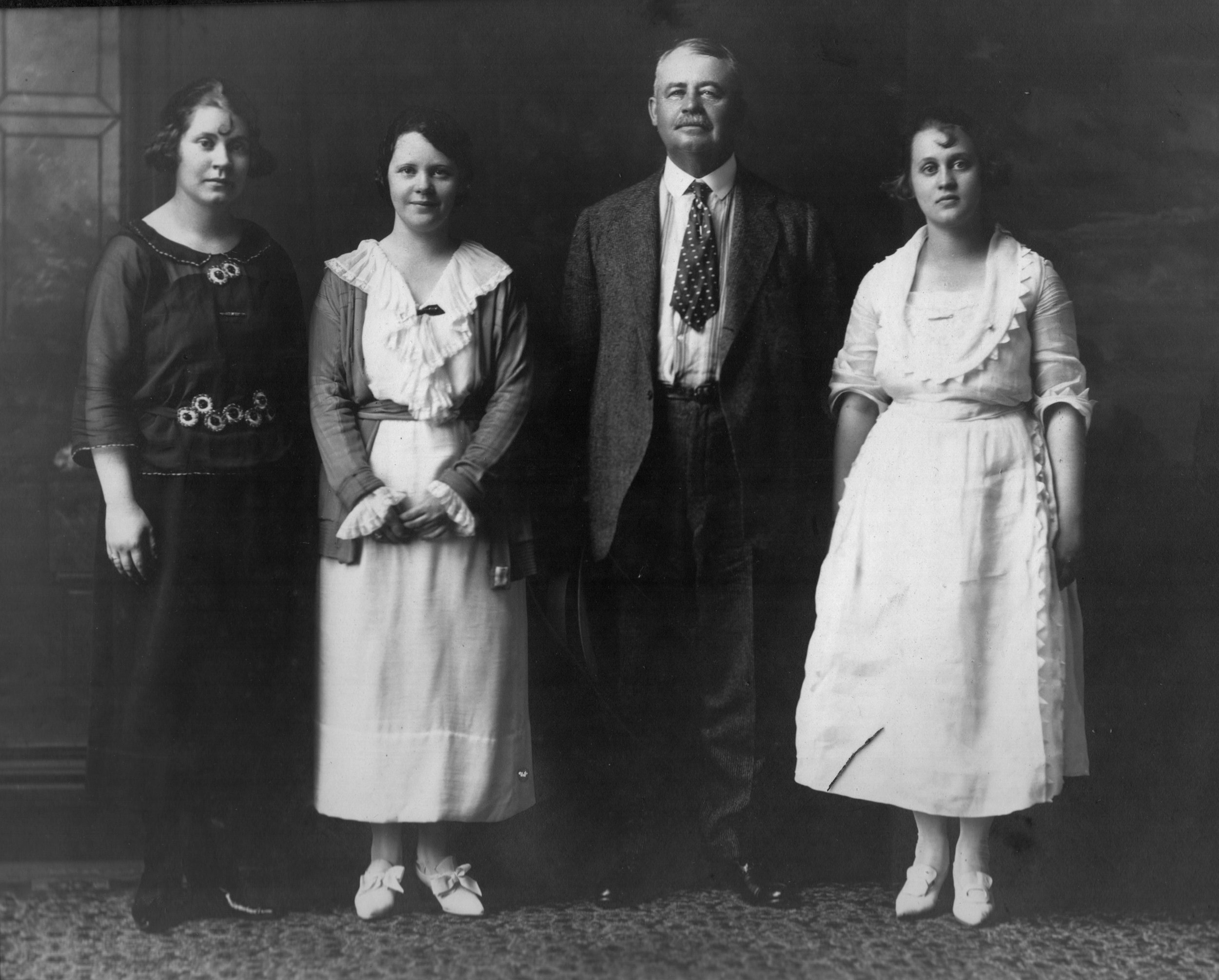
The History of Drake Hall
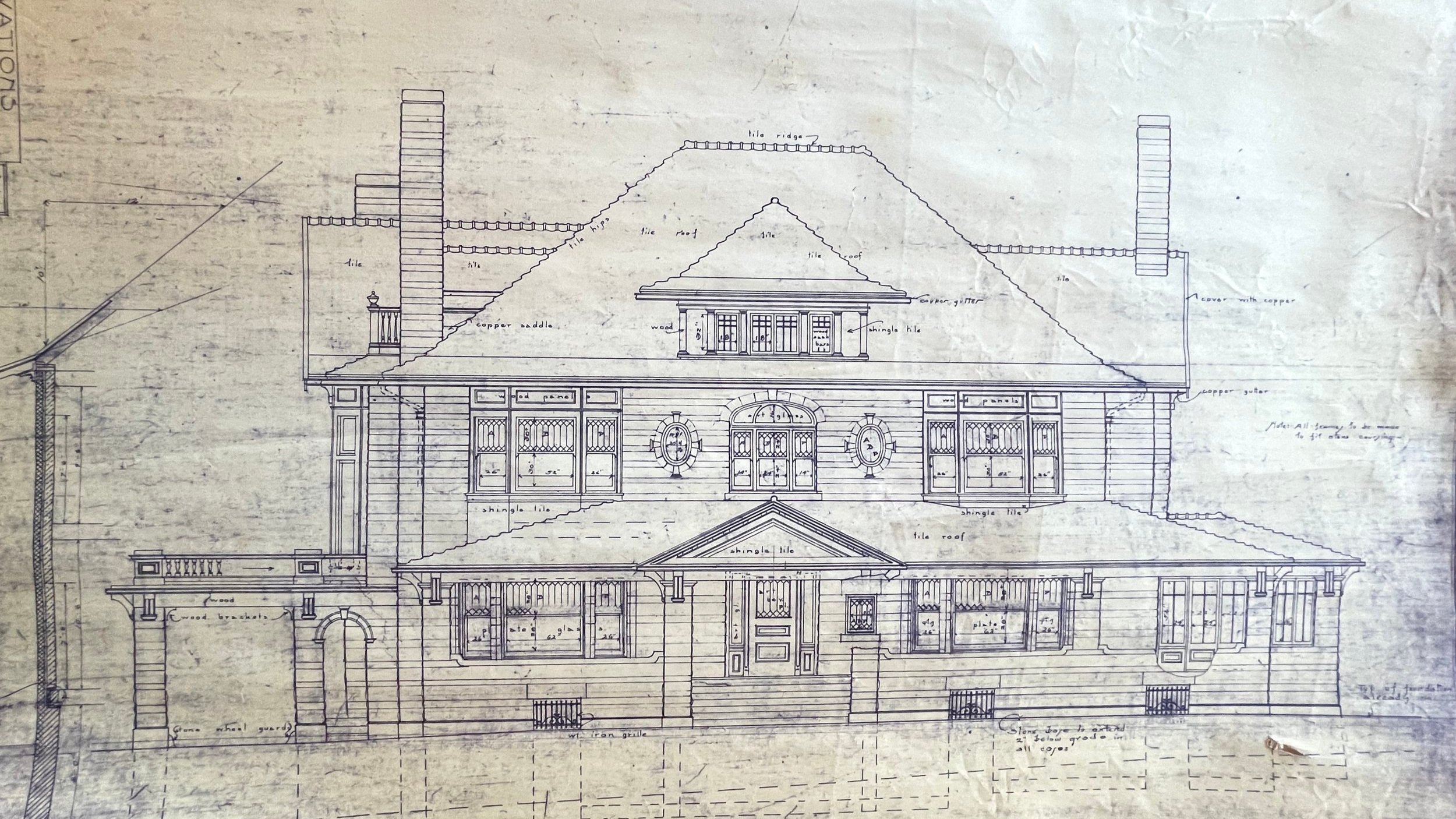
Design & Construction
D.C. Bradley, a prominent banker and businessman built the sprawling home as the primary residence for his family, located near the heart of Centerville, Iowa in 1909. Des Moines based architects Frank Wetherell & Alvah Gage designed the home in 1908. This team of renown Iowa architects Wetherell & Gage had previously designed the Appanoose County Courthouse located in the nearby town square, which was dedicated on September 12, 1904.
Master architect Frank E. Wetherell (Sept 5, 1869 - Oct 6, 1961) was responsible for numerous buildings, schools, libraries, homes and Mason's temples throughout the state of Iowa. Frank Wetherell designed twelve of the Carnegie libraries in Iowa, and fourty-four properties in Oskaloosa. In Centerville, in addition to the county courthouse, Wetherell also designed the local high school, Drake Avenue Christian Church and the chapel at Oakland Cemetery.
The August 1st, 1908 Improvement Bulletin announced plans for the Bradley home: "Smith, Wetherell & Gage, architects, are making plans for a 14-room residence for D.C. Bradley at Centerville, Iowa. It is to be of pressed brick, tile roof, hot water heat. Cost, thirty-thousand dollars."
However, sometime in the design process, the plans significantly changed from that newspaper announcement. It is believed that the design was changed to reflect a uniquely Japanese aesthetic after the big sensation for all things Japanese, introduced by the 1904 St. Louis World Exhibition's re-creation of a traditional Japanese village.
In the end, the Bradley home ended up costing a hundred-thousand dollars (over three-and-a-half million dollars today), with the distinctive hand-hewn Bedford Limestone on the exterior with wavy, Japanese pagoda like green-tiled roof consisting of over twenty-two rooms covering over 10,000 square feet of living space. Additionally, there is a fully walkable basement and large two-story carriage house made to look like a Japanese teahouse.

Frank Eli Wetherell
Frank Eli Wetherell (Sept 5, 1869-Oct 6, 1961) was an Iowa architect who designed 12 of the Carnegie libraries in the state.
Mr. Wetherell was born in Malta, Ohio to parents Elmyra Shields and Henry Wetherell, a contractor and builder. In 1875, the family moved to Oskaloosa, Iowa. Frank Wetherell entered the State University of Iowa (in Iowa City) to study civil engineering from 1889-1893.
Although he had studied architecture as a hobby, he returned to Oskaloosa and started an architectural practice. In 1894, Wetherell received his earliest known commission for the N.B. Weeks House in Oskaloosa. After his marriage to Amy Loosley, the Wetherells moved to Peoria, Illinois, but they returned to Oskaloosa by 1898.
Among his earliest known works were his designs for the Andrew Carnegie-funded libraries in Oskaloosa (1902), Cherokee (1903), and Winterset (1904). In 1905, Wetherell moved to Des Moines, and between 1905 and 1906 formed the firm Smith & Wetherell with Oliver O. Smith, who had already designed the Des Moines Public Library, and the Carnegie-funded libraries in Ottumwa (1901) and Eagle Grove (1903). In 1907, Alvah J. Gage, the former partner of Smith, returned from Paris and joined the firm which became Smith, Wetherell & Gage.
During this period, Wetherell’s name appears on the architectural plans for the Carnegie-funded libraries in Stuart (1906), Laurens (1907), and Bedford (1907). Smith left the firm in 1908 which then became Wetherell & Gage, and this partnership continued until 1915-1916. During this period their names appear on the Carnegie-funded designs for libraries at Osceola (1908), Eldon (1911), Bloomfield (1911), and Alden (1913). By 1915 Wetherell once again had a solo practice, and during this time he designed his last two Carnegie libraries for Mount Ayr (1915) and Montezuma (1917).
In 1907, Wetherell joined the Iowa chapter of the American Institute of Architects, and served as its president from 1911-1912. During this time, he also was appointed to the Des Moines Boulevard Commission by the mayor, and he helped design several buildings along the riverfront, including the Des Moines Municipal Building.
In 1925, Frank Wetherell formed the firm Wetherell & Harrison with partner Roland G. Harrison, and they designed the libraries in Corning (1930) and Creston (1930). Wetherell retired from the practice in 1931, and his son Edwin continued the firm. Wetherell died in Des Moines at the age of 92.
Text by Bethany Kluender
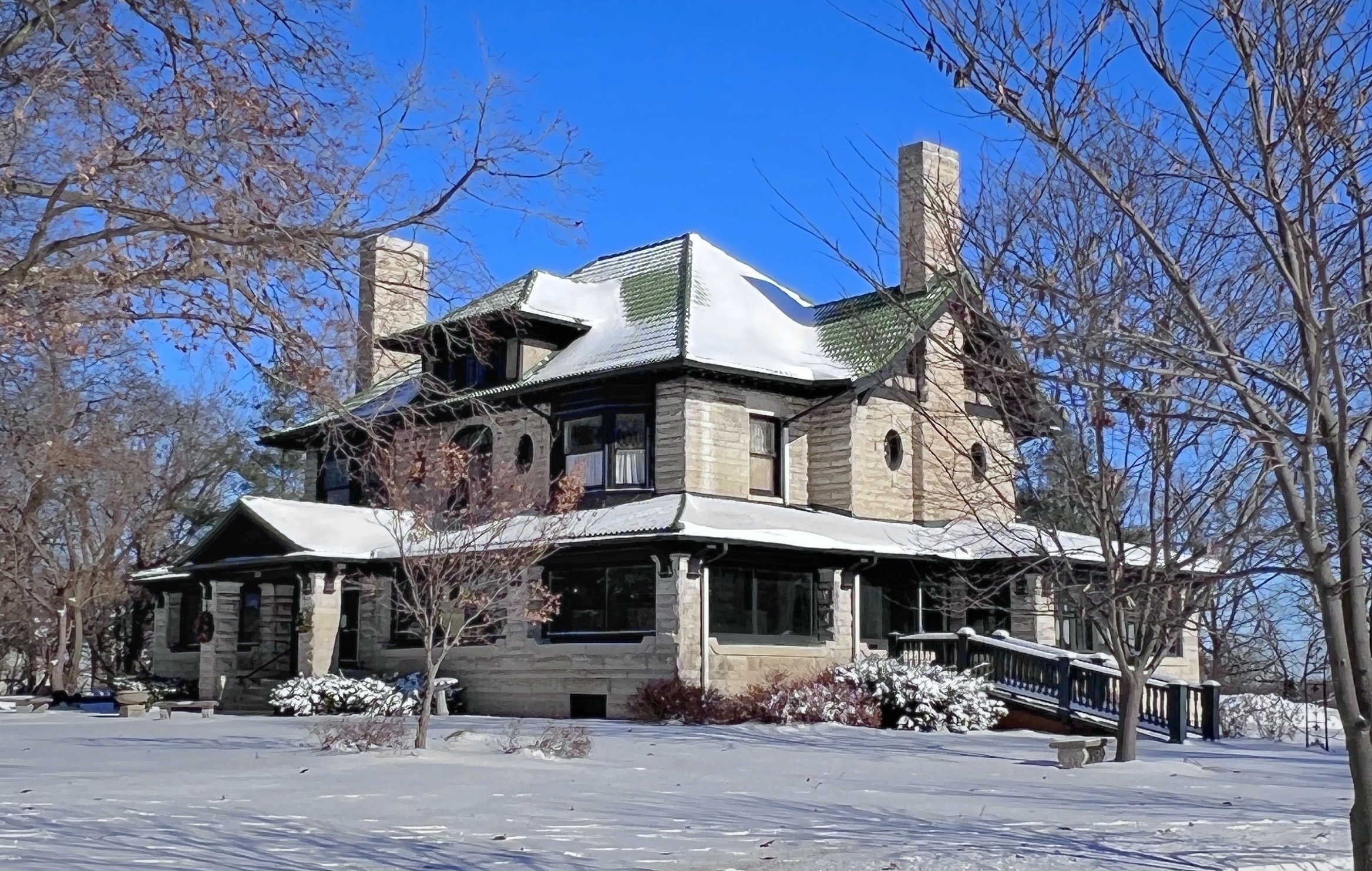
Exterior of the House
The exterior of the Bradley home is imposing and architecturally unique. Country Homes magazine featured the Bradley home in its July-august 1921 edition. The article describes the home as a “delightfully unconventional” and “picturesque,” with a “sturdy individuality.” The magazine struggles to identify the home’s exact architectural style, arguing that it may have “originated a very desirable type in itself.” However, it goes on to say the influence on the design is “definitely Japanese,” and that the exterior “might be termed ‘Dutch Colonial,’ but for a saucy curl outwards of the roof at the eaves.”
A prominent feature of the home is its massively built walls. Constructed of the finest Bedford Limestone, a high-quality limestone mined in South-Central Indiana. The stone blocks were roughly hewn at the quarry, then brought to Iowa by train and hand-cut on site by two Italian master stonemasons.
Defining features of the front of the home include two high chimneys, clerestory, hip roof and an extended front veranda that wraps around the side of the home. The rear elevation of the home is notable for its irregular, almost rambling formation of gables on the upper stories and multiple balconies.
In the rear of the home stands a smaller building that originally served as the carriage house and chauffeur’s dwelling/workshop. The back yard originally housed an expensive large greenhouse surrounded by lush formal gardens including roses and small shrubs, alternating with informal groups of larger shrubs, masses of flowers and groves of ornamental trees.
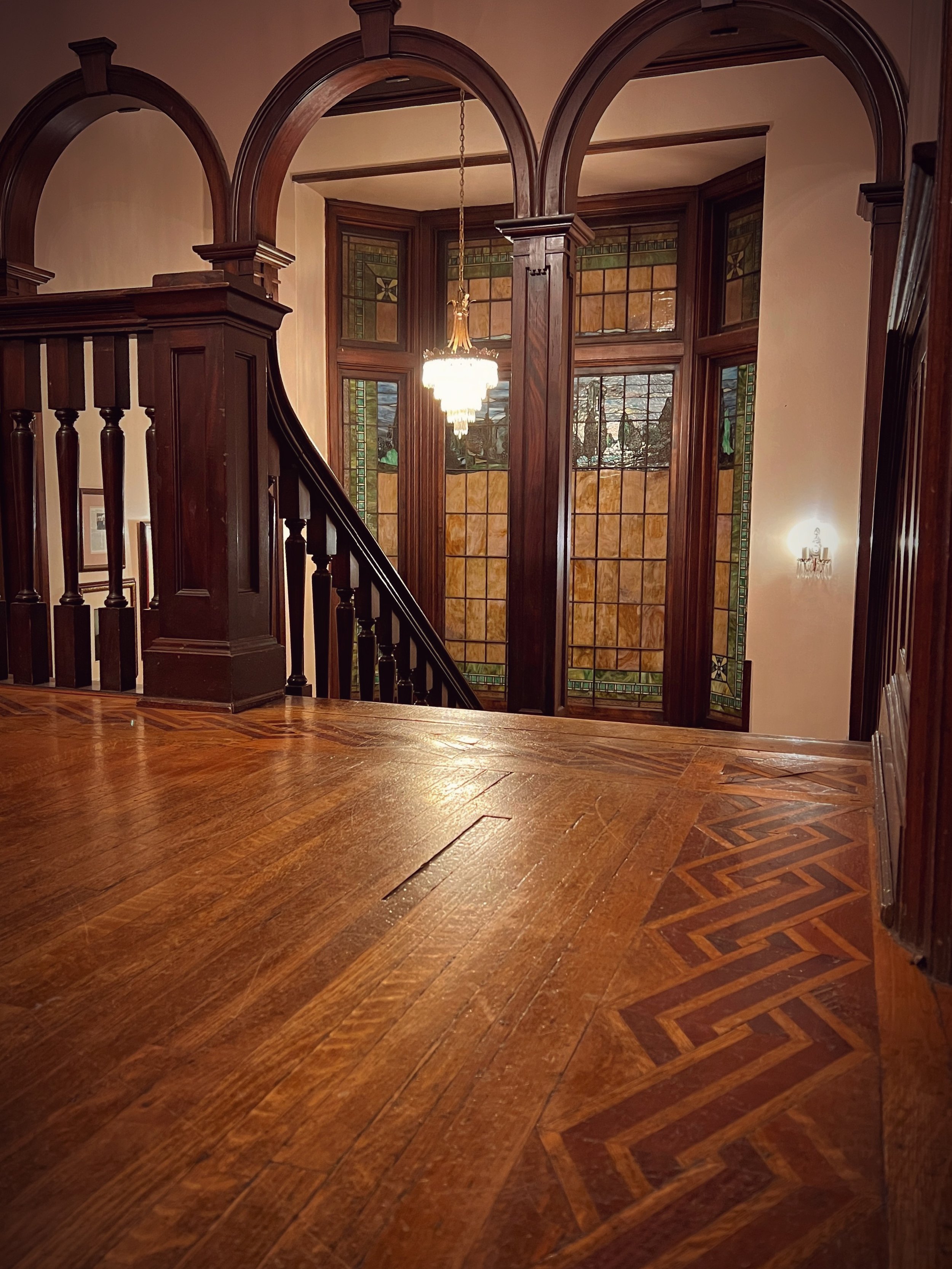
David Campbell (D.C.) Bradley
August 13, 1858 - February 2, 1928 (69)
D.C. Bradley was a prominent banker, businessman and civic leader in Southern Iowa. He was the president of Centerville’s First National Bank and held banking interests in Fairfield, Seymour, Promise City, Exline, Mystic, Moravia, Bloomfield and six other Iowa banks.
Additionally, D.C. held controlling interests in Centerville Light & Traction Company, a streetcar and electrical power company; Pure Ice Company, and ice producing plant, and Centerville Brick Company, a brick manufacturer. He also owned coal mines, including the Iowa Block Mine in Exline and the Barrett and the Garfield coal mines in Mystic, Iowa. He also had an extensive financial portfolio of agricultural and real estate holdings, co-owning one of the largest hog farms in Iowa and engaged in various agricultural processing and shipping businesses.
Mr. Bradley was considered a pillar of the Centerville community, serving both on the Centerville City Council and the Centerville Board of Education. He was active in the Presbyterian church and in politics. He belonged to the Masonic fraternity, the Independent Order of Odd Fellows, the Knights of Pythias, the Benevolent Protective Order of Elks, and was a founder of the local Kiwanis Club.
D.C. Bradley was known to be “outgoing and very public-spirited.” However the beginning of the Great Depression devastated his interests financially. D.C., distraught over his rapidly sinking fortunes never recovered his financial standing and died in his sleep at the age of 69 in 1928.
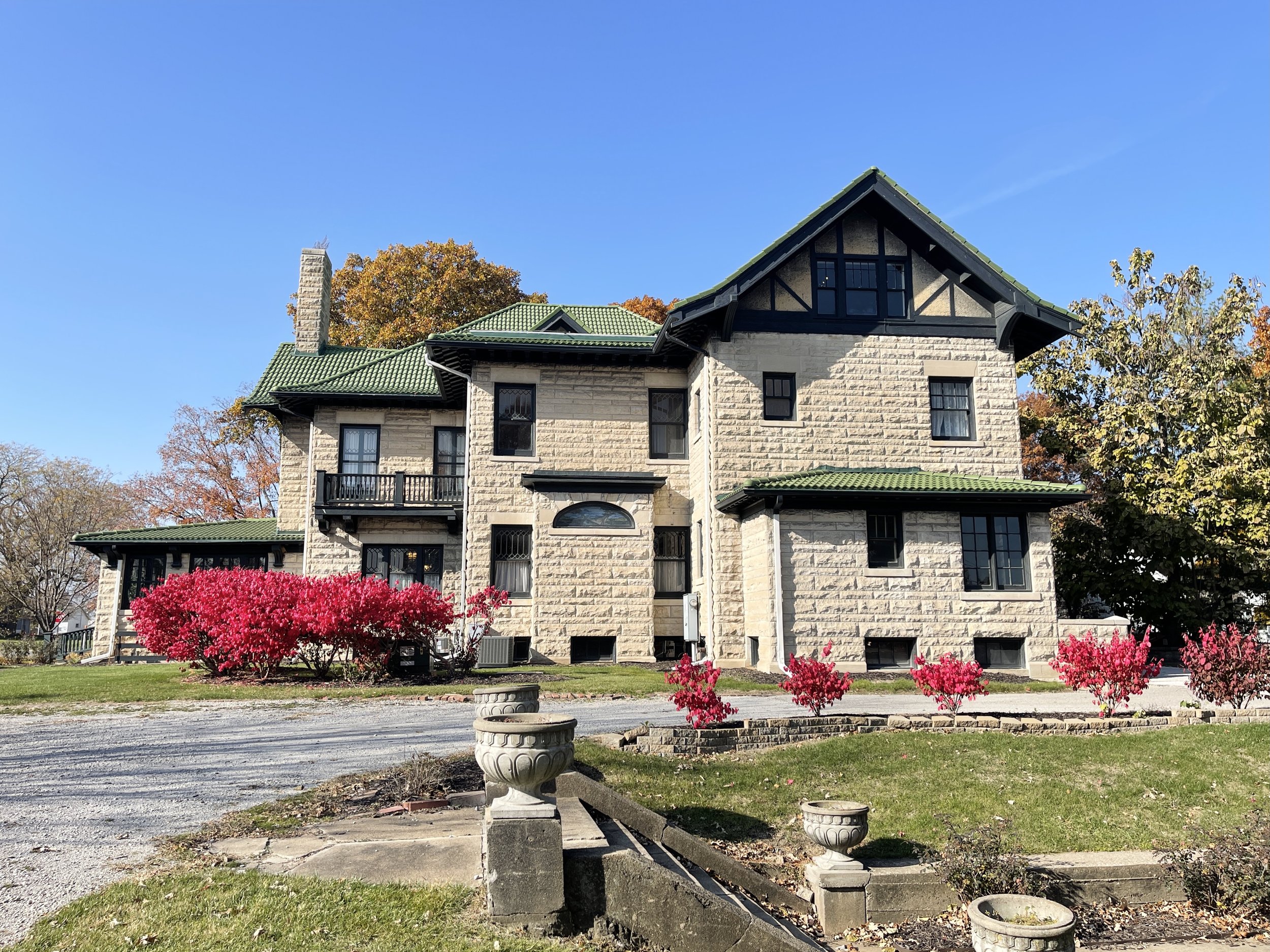
Cora May Stubbs Bradley
February 8, 1863 - September 25, 1935 (72)
Cora Bradley was a mother, wife and locally renowned social hostess
Mrs. Bradley’s father, D.P. Stubbs was a prominent Iowa lawyer, politician and horse breeder from Fairfield, Iowa.
Cora married D.C. Bradley on December 9, 1885. Her obituary hints at the strategic value of the match - noting, “…their union uniting two families which each in its own sphere was outstanding and a leader in affairs.”
Cora was listed as a Director of the First National Bank and Treasurer of the Centerville, Albia and Southern Railyard’s Board of Directors. However it is not known exactly how active a role she took in her husband’s businesses.
It is however known that Cora was active in organizing important social activities at the Bradley home. Her events were famous locally for their sumptuous decor and fresh-cut flowers from the Bradley home’s own greenhouse. Her obituary stressed that, “Being a lover of flowers she lived in their environment and shared them generously and gladly with others.”
However Cora’s events did not slouch from tackling loftier subjects. On January 20th, 1913 Cora hosted an event for the P.E.O., a women’s club in the Bradley home’s third-floor ballroom. The event featured a humorous skit promoting the benefits of women obtaining the right to vote. And in 1934, Cora hosted an event featuring Ola Babcock Miller, Iowa’s first female Secretary of State and founder of the Iowa State Patrol, as the keynote speaker.
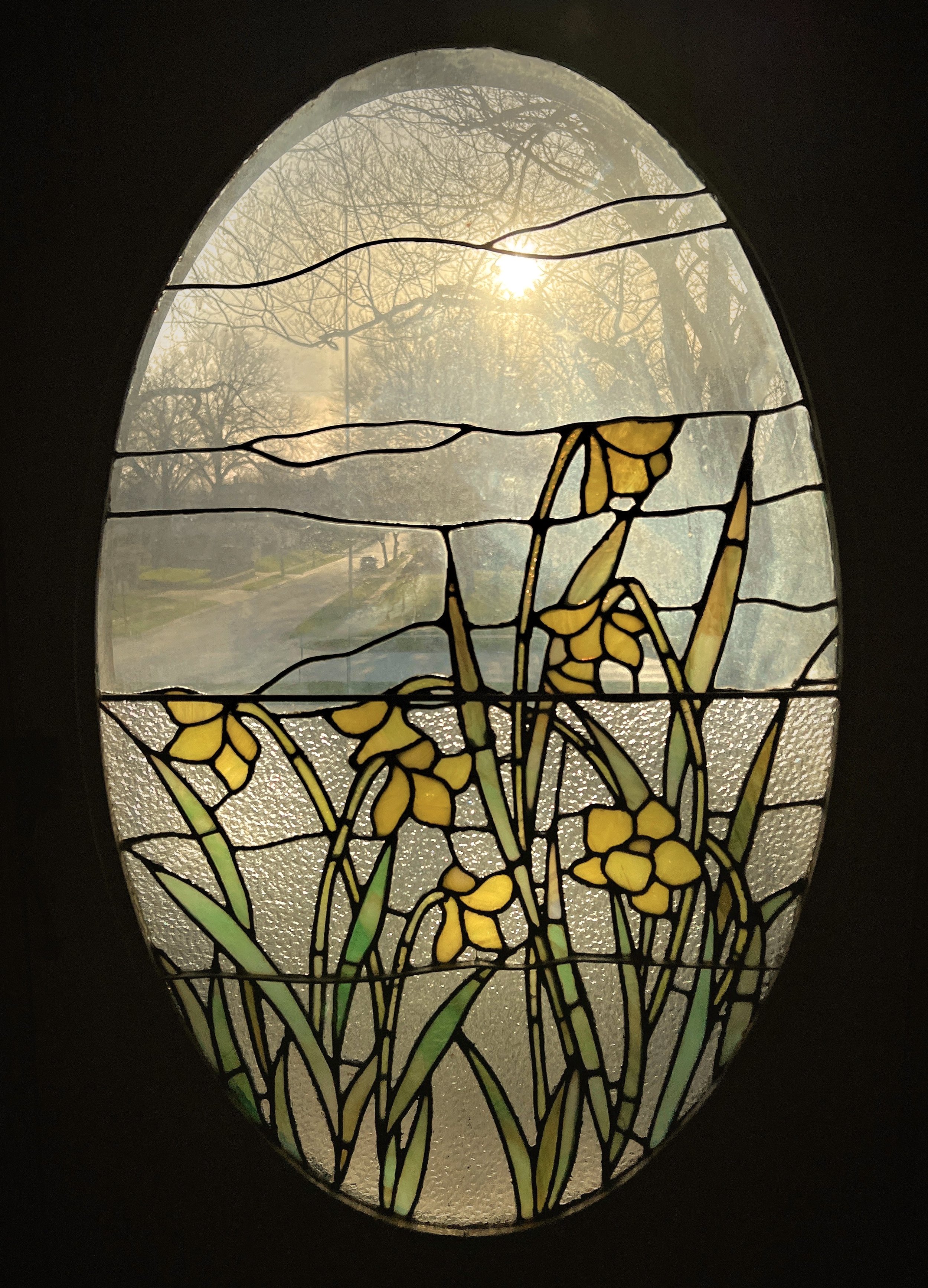
Bettina Bradley Stuart
February 14, 1888 - November 10, 1918 (30)
As a young woman in Centerville, Iowa, Bettina Bradley volunteered in support of the Centerville school’s theater and speech programs. Bettina did not, however attend school in Centerville while her family lived at the new Bradley home. By 1905, Bettina was already attending school at a women’s college in Knoxville, Illinois. She attended further schooling in Davenport, Iowa, National Park Seminary at Washington, D.C. and a private school in New York. She also traveled abroad in her youth.
On December 14, 1911, Bettina married Theodore (Ted) Stuart, Jr., a prominent lawyer from Chariton, Iowa. Ted had recently moved to Denver, Colorado to establish a law firm and serve as the head football coach at the Colorado School of Mines. The happy couple held their wedding on the first floor of the new Bradley home, and the reception was held in the third floor ballroom. The lavish description of the nuptials in the Semi-Weekly Iowegian covered half of the front page. After their wedding, Bettina joined her new husband Ted in Denver, Colorado.
In 1918, Ted traveled to Washington, D.C. for work, leaving Bettina with her family along the way in Centerville. Ted would never see his beloved wife alive again. Tragically, Bettina fell victim to the Spanish Flu epidemic that was ravaging the world and sadly died in the Bradley home at the youthful age of 30.

William Stubbs Bradley
August 8, 1898 - April 18, 1970 (71)
William Bradley was a young banker and civil servant who went on to success later in life, after dealing with the fallout from his father’s collapsed business empire during the Great Depression.
Younger than his sister Bettina, William was a student at Centerville High School when his family moved into their new home on the “Gold Coast” as Drake Avenue was called at the time. He was an active and successful student. As a Boy Scout, William played football and basketball, acted in the school plays, played in the orchestra and edited the high school yearbook. His classmates named William ‘most likely to become President of the United States.’
That prediction was not to be, however. William spent many of his early adult years trying to salvage his father’s many failing enterprises. This thankless task left some considering him, “a reckless plunger and speculator in business,” although others recognized that greater global economic forces meant, “Bill didn’t have a chance.”
William Bradley did ultimately work for the US Government, captaining the Centerville National Guard after World War I, and worked for the U.S. Department of Agriculture, the Federal Housing Administration and the U.S. Department of Commerce. William and his wife had two children, naming one girl Betty, likely after his deceased older sister Bettina. After inheriting the Bradley mansion in 1937, he sold it to his cousins. William moved with his family to Texas, where he would live out the rest of his life.

Questionable Future
(1935 to 1954)
After the death of Cora May Bradley, who outlived her husband D.C. Bradley and resided in the Bradley home until her death, the Bradley home stood vacant for two years. In August of 1937, an article on the front page of the Centerville Daily Iowegian wondered what would become of the grand home, and advocated that some public organization make the Bradley home into their offices. The editors particularly liked the idea of the County - perhaps in partnership with the City and local business association - purchasing the home and making the upstairs their offices and the basement the new city jail.
Fortunately, in September of 1937 the Young family- first cousins of William Stubbs Bradley- purchased the Bradley home. They were John and Frances Young, their young son J. Bradley (Brad) Young, and Frances’ elder sister Olive Bradley (Dec 29, 1898 - Oct 27, 1949). As the Youngs’ resided in Missouri at the time, Olive Bradley cared for her nephew Brad in the Bradley home from the time he was four years old until he was six years old. At that point, Brad’s parents John and Frances moved back to Frances’ hometown of Centerville.
Brad Young would eventually become president of Iowa Trust & Savings Bank, which is still in business in Centerville today. Olive Bradley continued to live in the home until her death on October 27, 1949 at the age of 51 due to diabetes complications.
In 1953, John and Frances Young moved to a newer house and sold the Bradley home to J.M. and Hazelle C. Garret. It is not clear that the Garrets’ ever lived in the home. In 1954, the Garrets sold the property to John A. and D. Yvonne Zinn who, in just a matter of months, forfeited the home back to the Garrets.

Golden Age Nursing Home
(1955 to 1963)
In September of 1955, Jack O. and Mabel Phillips along with Grover and Nellie Phillips purchased the Bradley home and established a nursing home. In December of 1956, Howard W. and Eloise Shaffer bought the property and the nursing home business, branding it the Golden Age Nursing Home.
Eloise was a nurse by training and oversaw the home’s operations while husband Howard was the facilities manager.
The Schaffers operated the nursing home at the Bradley home until 1963. Records show that they had as many as 62 residents and 20 employees at one time while at the Bradley home. Recollections from family members are that patients who were no longer mobile lived on the third floor in the ballroom, which afforded more mobile patients the lower two stories.
The Bradley home served as the Golden Age Nursing Home until 1962. At this time, both the nursing home and Centerville Community College were looking to expand their operations. Centerville Community College purchased the home for $50,000. The Golden Age Nursing Home built a new facility that opened in 1963 on the South side of Centerville, along Highway 5, where it still stands today.
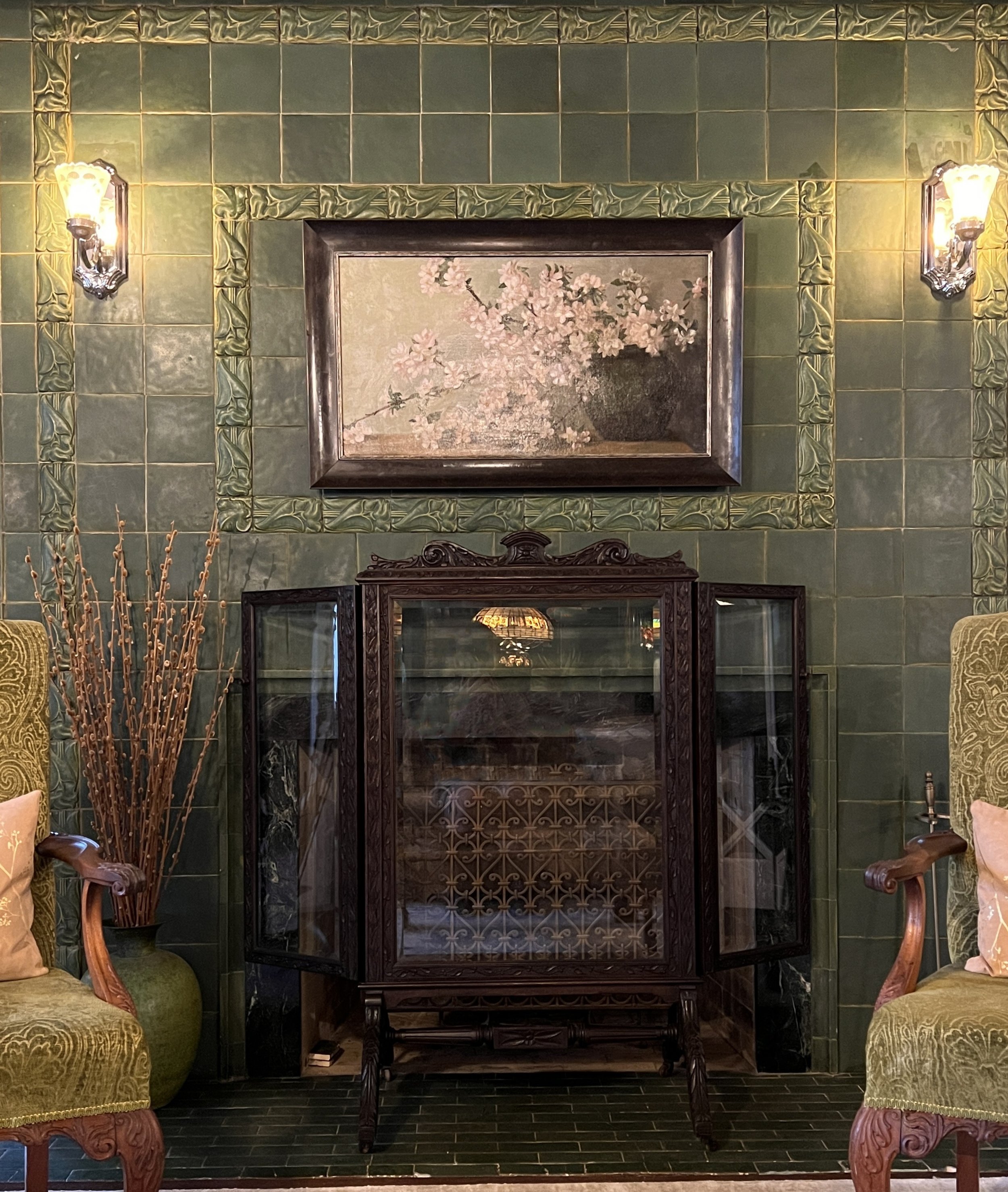
Centerville Community College
(1963 to 1970)
In April of 1963, the Centerville Independent School District purchased the Bradley home to serve as the new campus for what was then called Centerville Junior College (which was later renamed Centerville Community College), now part of Indian Hills Community College.
Centerville Junior College started in 1930 and had relocated multiple times as it expanded. Before the purchase of the Bradley home, the junior college had its main offices and classrooms on the Northeast corner of Centerville’s historic courthouse square. The Centerville Junior College had been renting the Bradley home’s original two-story carriage house to use as a science laboratory and classroom.
Upon taking over the Bradley home, the junior college re-christened it Fannon Hall, after Everett William Fannon. E.W. Fannon worked for the Centerville school system for forty years (1918-1957). He served as superintendent for 34 of those years. During his tenure, E.W. Fannon founded the junior college, started the school’s kindergarten program, and developed a transportation service to help rural students get to school.
At its height, Fannon Hall served 800 community college students. Coursework included pre-professional and liberal arts classes, as well as terminal degrees in nursing and education.
In 1966, the Iowa State Legislature created 15 Iowa Community Colleges. The city of Ottumwa, Iowa became the headquarters for the Area XV College. While Area XV intended to maintain Centerville Community College as a branch of its operations, it would have to buy the Bradley home from the Centerville School District to do so. Given the costs of purchasing and then maintaining the building, Centerville Community College ultimately vacated the Bradley home to build a new, lower-cost campus facility on donated farmland located on the Northwest side of Centerville. Indian Hills Community College’s Centerville campus remains there today.
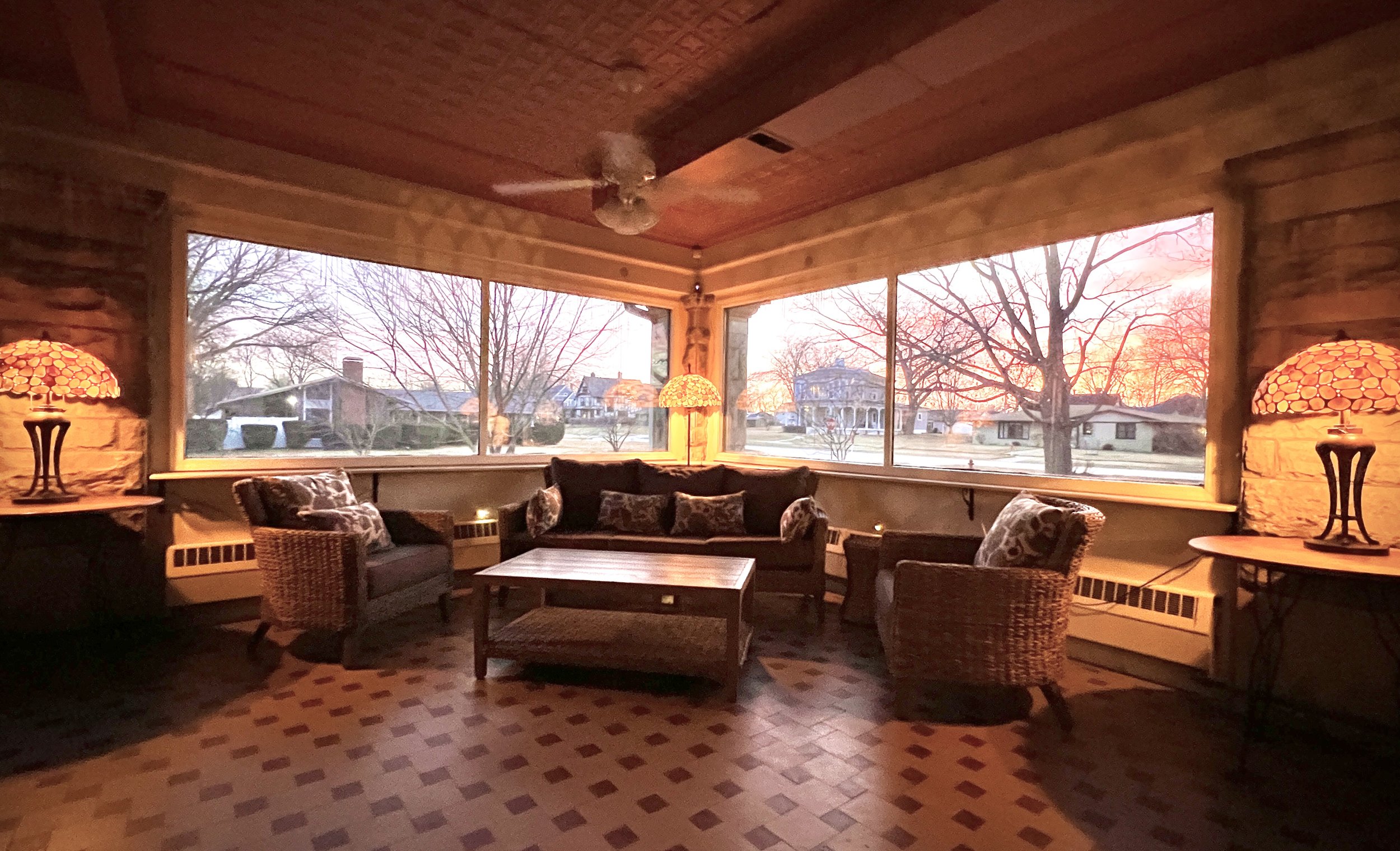
ELEMENTARY SCHOOL ADMINISTRATION BUILDING
(1970 to 1999)
In 1970, after Centerville Community College vacated the Bradley home, the Centerville Community School District moved its administrative offices into the home, retaining the name Fannon Hall.
At the same time, the home became home to Fannon Hall Elementary. When it opened, it included a kindergarten class, two first grade classes and two second grade classes. The schoolchildren walked to nearby Central Elementary for their lunches, and the same elementary school principal oversaw Central, Fannon Hall, and Lincoln Elementary schools. Local residents recall a children’s sandbox in the enclosed veranda of the Bradley home for the students.
Faced with a leaking roof, accessibility issues coupled with rising maintenance and utility costs, the Centerville Community School District in the late 1990s started looking for a way to leave the Bradley home and build a more affordable administration office. Enter Morgan Cline, a former resident of nearby Exline, Iowa - a wealthy advertising executive, and Centerville-area philanthropist. On January 8th, 2000, Cline purchased the Bradley home for $75,000, with an additional $75,000 donation to the Centerville School District. Cline’s generosity allowed the school district to build its current administrative offices just north of the Centerville Historic Courthouse Square.
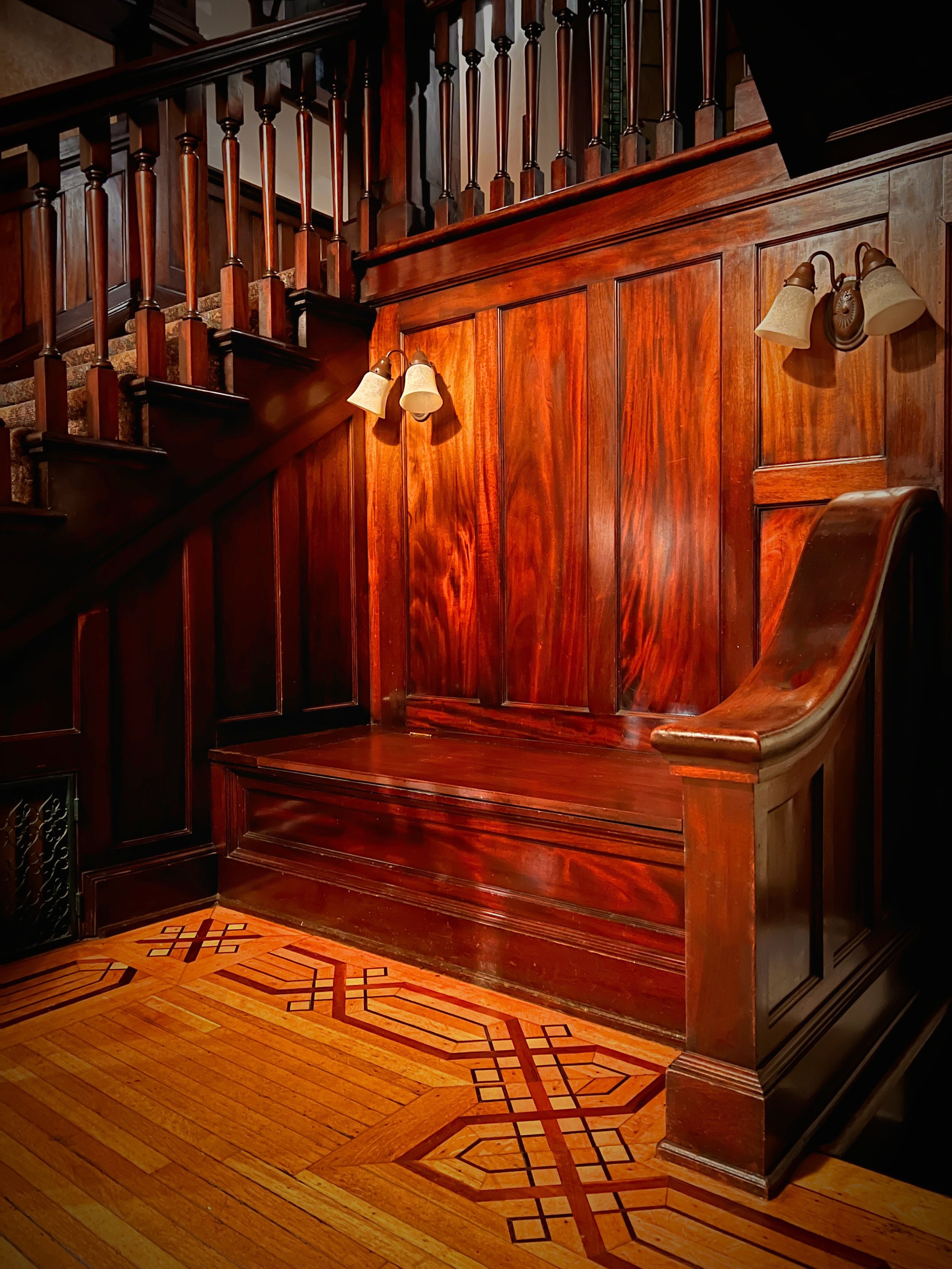
MORGAN CLINE & PRESERVATION
(2000 to 2020)
Morgan E. Cline (August 26, 1932 - April 20, 2014) was a philanthropist, entrepreneur, advertising executive, and real estate preservationist.
Born in Exline, Iowa in a poor household, Morgan went on to become a pharmacist, and co-founded the Cline, Davis & Mann advertising agency in New York City. Over 17 years, the company grew to become a dominant force in the pharmaceutical advertising field. The company launched both iconic brands such as Viagra and Lipitor, two of the most successful pharmaceutical advertising campaigns of all time.
Following his business career, Morgan sought to give back to the community that raised him and gave him his strong values. A boon to Appanoose County, Morgan bought and restored many historic buildings that were badly in need of restoration and preservation. He also founded a kidney dialysis center, a community sports complex, and projects in his own hometown of nearby Exline.
When it came to buying and restoring the Bradley home, fortunately the previous uses of the mansion had not altered important architectural and decorative features. The original stained glass, fireplaces and fine wood flooring and paneling remained incredibly intact. Sadly, the original frescoed ceilings in the bedrooms had been painted over and all of the fine furnishings had been sold off over the decades. However, thanks to Morgan’s significant investment, the Bradley home still provides a strong idea of what the home was like in its glory days. After remodeling the home, Morgan established the Shoppes at Bradley Hall as a way to attract visitors to the restored home as well as to the city of Centerville and Appanoose County.
Morgan wanted to ensure his legacy of philanthropy to be continued even after his death. In his will, he established the Morgan E. Cline Foundation to continue his good works in Appanoose County.
